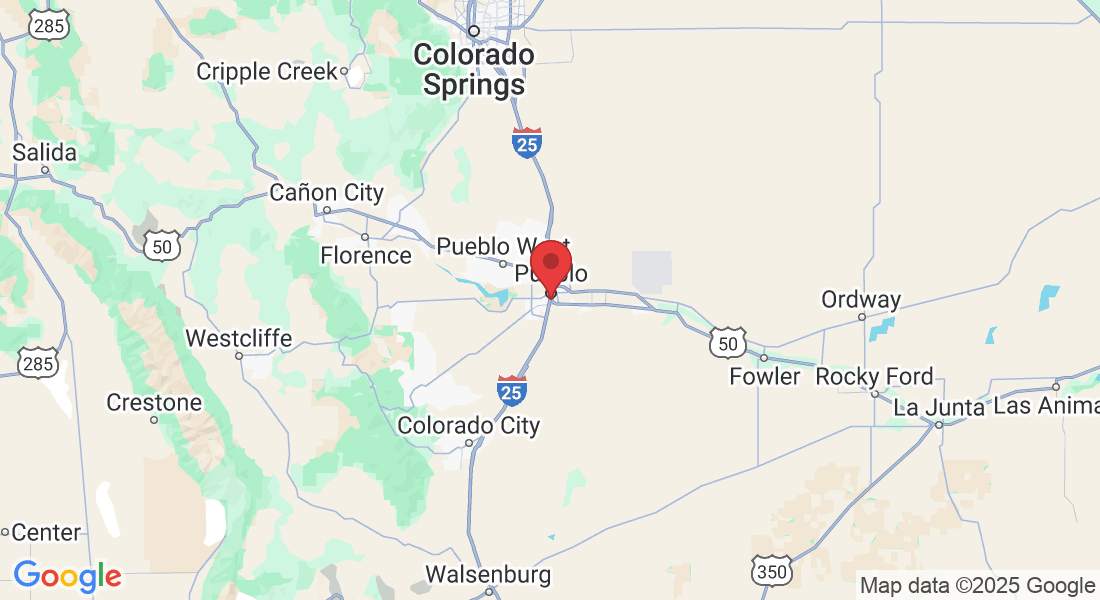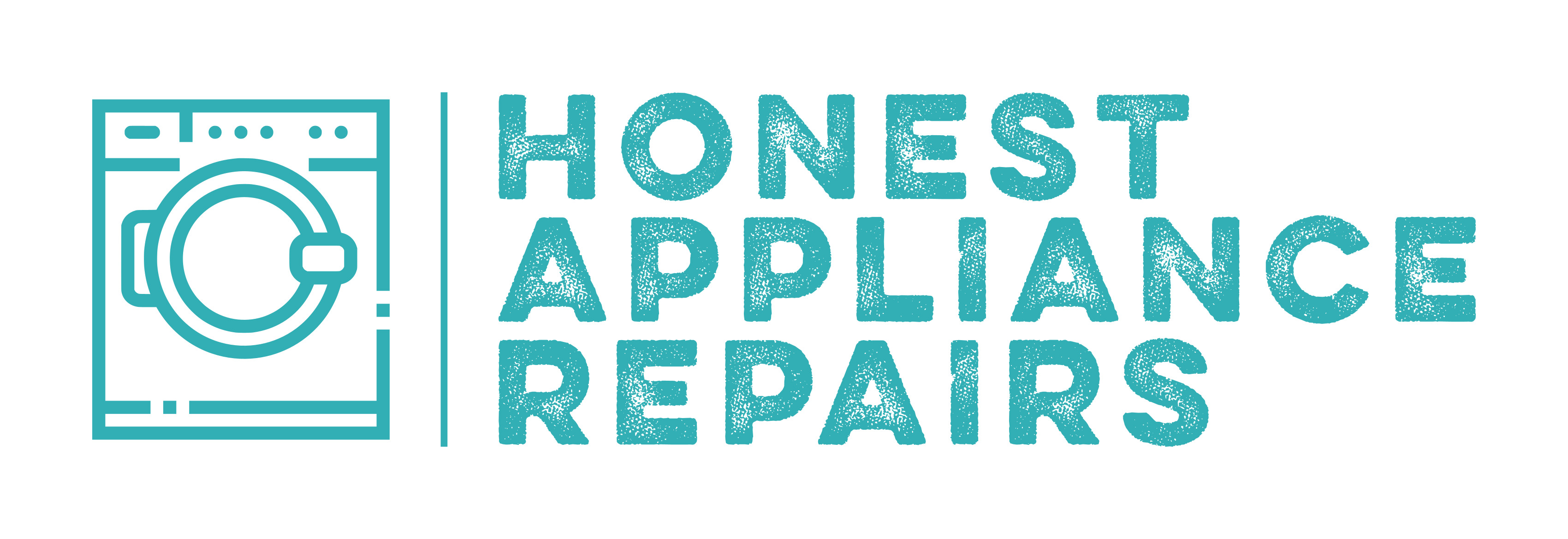Blog

What to Do If Your Dishwasher Is Not Draining Properly: A Troubleshooting Guide
A dishwasher that won’t drain properly can quickly become a frustrating problem, leaving you with dirty dishes and a soggy mess at the bottom of your appliance. But before you panic and call in a professional, there are a few troubleshooting steps you can take to try to resolve the issue yourself. Here’s a step-by-step guide to help you get your dishwasher draining properly again.
1. Check for Visible Blockages
Inspect the Dishwasher’s Filter:
The filter, located at the bottom of your dishwasher, can become clogged with food particles, grease, and debris.
Remove the bottom rack and locate the filter. Clean it thoroughly under running water, and use a soft brush to remove stubborn particles.
Examine the Drain Area:
Check the drain at the bottom of the dishwasher for any visible blockages.
If you notice food scraps, broken glass, or other debris, carefully remove them to clear the drain path.
2. Ensure the Drain Hose Is Clear
Check for Kinks or Clogs:
The drain hose connects your dishwasher to the sink drain or garbage disposal. Inspect the hose for any kinks or bends that could be obstructing water flow.
If the hose appears clear but the dishwasher still isn’t draining, detach it (after turning off the power and water supply) and run water through it to check for blockages.
Inspect the Connection:
Ensure that the hose is properly connected to the dishwasher and the sink drain or disposal. Loose or improperly connected hoses can cause drainage issues.
3. Clean the Garbage Disposal
Check the Disposal for Clogs:
If your dishwasher drains into the garbage disposal, a clog in the disposal could prevent the dishwasher from draining properly.
Run the disposal for a few seconds to clear any blockages. Make sure to run cold water while using the disposal to help flush debris through the system.
Ensure the Knockout Plug Is Removed:
If your dishwasher is newly installed or recently connected to a garbage disposal, check that the knockout plug (a small plastic cap inside the disposal where the dishwasher hose connects) has been removed. If it hasn’t, your dishwasher won’t be able to drain.
4. Check the Air Gap
Inspect the Air Gap for Blockages:
The air gap is a small, usually chrome-covered cylinder located near your sink. It prevents dirty water from backflowing into the dishwasher.
Remove the air gap cover and clean out any debris that might be blocking it. You can use a small brush or toothpick to clear any blockages.
5. Run the Dishwasher on a Short Cycle
Test the Drain Function:
After clearing any blockages and ensuring all connections are secure, run your dishwasher on a short cycle to see if it drains properly.
If the water drains out at the end of the cycle, the problem may be resolved.
6. Inspect the Dishwasher’s Drain Pump
Check for Damage or Clogs:
The drain pump is responsible for expelling water from the dishwasher. If it’s clogged or malfunctioning, the dishwasher won’t drain.
Listen for any unusual noises during the drain cycle, as these could indicate a problem with the pump.
If you’re comfortable, you can access the pump by removing the bottom panel of the dishwasher to inspect it for debris or damage. However, this may require professional help if you’re unfamiliar with appliance repair.
7. Look for Error Codes
Identify Any Error Codes:
Modern dishwashers often display error codes when something goes wrong. Refer to your dishwasher’s user manual to decipher these codes.
Addressing the specific error code might resolve the issue or at least give you a clear indication of the problem.
8. Consider the Dishwasher’s Age
Is It Time for a Replacement?
If your dishwasher is more than 10-15 years old and consistently having drainage issues, it might be time to consider a replacement.
Older dishwashers may not perform as efficiently, and investing in a new, energy-efficient model could save you money in the long run.
When to Call a Professional
If you’ve tried these troubleshooting steps and your dishwasher still isn’t draining properly, it may be time to call in a professional. Issues like a faulty drain pump, malfunctioning control board, or complex plumbing problems are best handled by an experienced appliance repair technician.
Conclusion
While a dishwasher that won’t drain can be a hassle, following these troubleshooting steps can help you identify and potentially fix the problem. However, if the issue persists, don’t hesitate to contact our team at Honest Appliance Repairs. Our expert technicians are here to diagnose and repair your dishwasher, ensuring it runs smoothly and efficiently.
Pueblo, Colorado
Email info@honestappliancerepairs.com
Mon-Fri: 8am - 4pm




